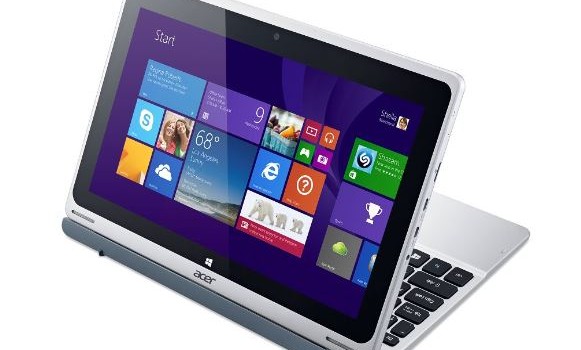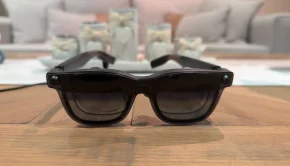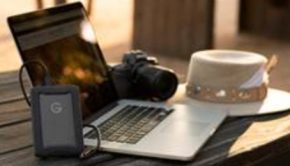Back to School: Top Tips for Choosing a BYO Device for Your Child
Help is at hand for parents facing a daunting addition to their child’s back to school list: a portable computer, part of the growing move to ‘BYOD’ – ‘Bring Your Own Device’ in Australian schools. The following tips from Darren Simmons, Managing Director of Acer Computer Australia, will help you navigate the options and avoid the pitfalls when your school leaves you to ‘your own devices’ when it comes to buying a portable computer for your child to take to class. Step 1: Choose the type of device A range of devices suitable for BYOD cover different student needs, preferences and family budgets, including:
- Notebook/Laptop – the biggest, heaviest and more expensive option, but with more storage, processing power and access to powerful applications. A full keyboard makes it easy to take notes and write essays.
- Tablet – smaller, lighter and a range of cheap and free apps. There’s no keyboard, but you can type on screen, use a stylus or ‘Active pen’ or attach a separate keyboard.
- 2-in-1 ‘combos’ – notebooks with detachable screens; detach the screen and use it as a tablet. A full keyboard for typing and ‘Active pen’ or stylus for ‘writing’ on screen.
Step 2: What does my child’s device need? Your child will need this shopping list of features in their device:
- WiFi capability – make sure it can connect to your school’s network.
- Minimum specs – ask if your school has specific requirements. At a minimum, get 16 GB storage and 2 GB RAM. Choose a widely used platform that students, teachers and IT support staff will be familiar with. Platforms such as Windows 8 that feature an app store also make it easier for students to download applications for more dynamic learning.
- Note-taking ability – get a device that makes it easy to create and save notes. Familiar word processing applications such as Microsoft Word make it simple for students to create and save notes and draft and edit essays.
- Screen size –
- For laptops – a larger screen makes viewing web pages, written work and videos more comfortable and can aid productivity.
- For tablets – a large screen (8 inches-plus) for easier reading, browsing and viewing.
- Battery Life – to last the school day – and fully charge it each night.
Step 3: You’ve got it, now look after it Your device is an expensive investment. Here’s what you need to look after it:
- A robust storage case – a hard shell case is stronger than soft neoprene covers.
- Ongoing Support – Consider an extended warranty to reduce future repair costs if you school does not provide technical support.
- Secure it – Get anti-virus protection and keep it up to date. Acer recommends McAfee Internet Protection and Absolute LoJack theft recovery software to find and track a lost or stolen laptop or tablet.
- Insurance – Ask your school if its insurance policy covers loss or damage at school & check with your insurer about cover for loss or damage outside your home.
- Label it clearly – use an engraving tool for a permanent result and make a copy of the serial number.
BYOD is a new approach to using technology at school, but it doesn’t have to be daunting. Armed with the right advice, parents can decide with confidence on a device that will meet their children’s school needs on day one – and the years ahead. Check out Acer’s great range of products here. Byod.acer.com.au.







